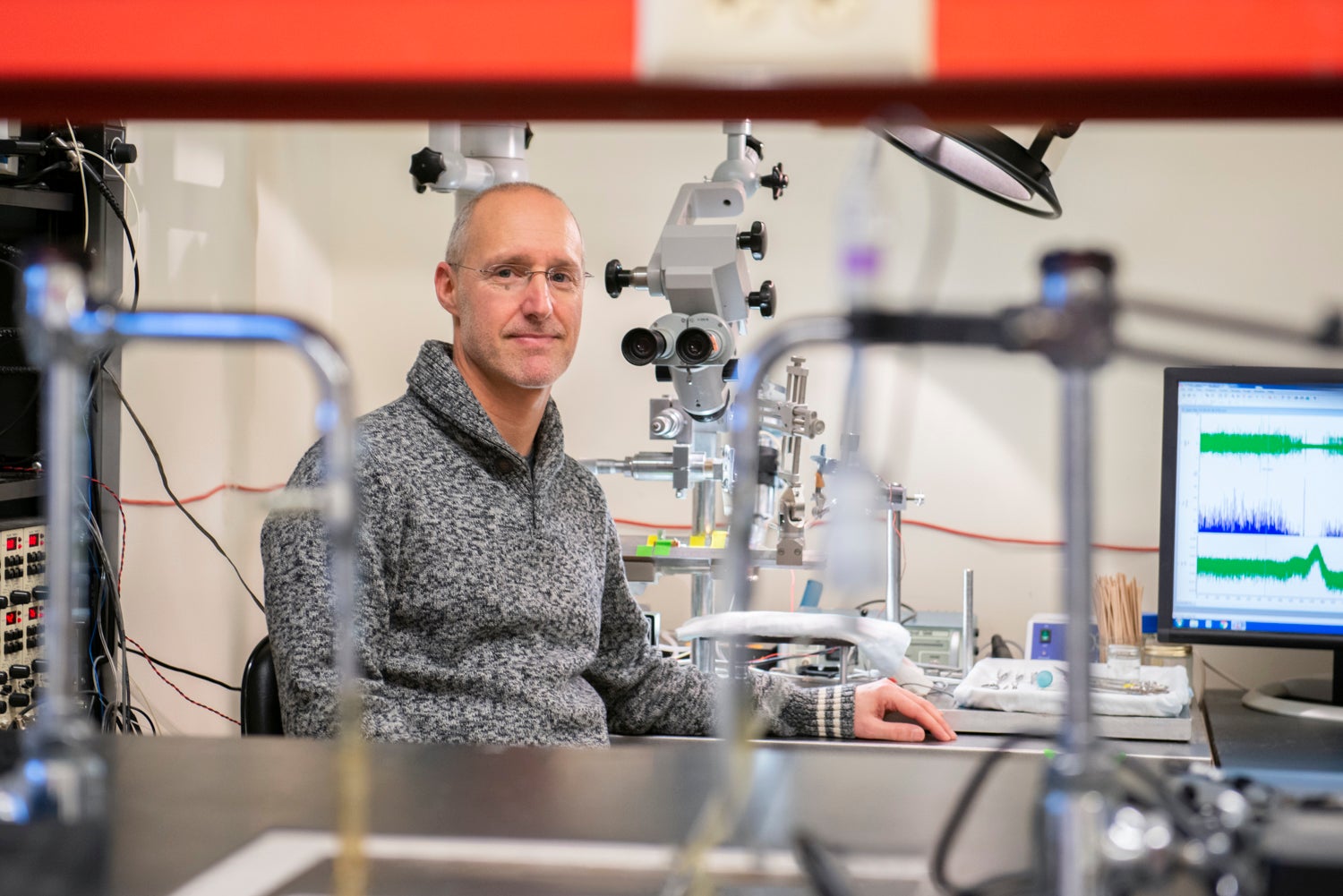Associate Professor of Anesthesia, Harvard Medical School

The Levy lab seeks to understand the mechanisms underlying the origin of headaches, in particular that of migraine. Despite the enigmatic biological origin of migraine, it is now well accepted that the throbbing headache is mediated by the increased sensitivity and ensuing activation of trigeminal sensory neurons that innervate the intracranial meninges. The Levy lab investigates how migraine headache is triggered by studying endogenous and exogenous factors that lead to the activation and increased mechanosensitivity of these headache-producing neurons. We use numerous rodent models, including cortical spreading depression and exogenous administration of agents known to trigger migraine in humans, such as nitroglycerin. The lab also studies mechanisms of migraine-like headache following a concussion, using closed-head injury rodent models. Current studies are aimed at identifying glial, vascular and immune mechanisms that promote the headache-related changes in meningeal afferent responsiveness.
To monitor changes in meningeal afferent activity and mechanosensitivity, the lab employs single unit recording in anesthetized rats and two-photon calcium imaging in awake behaving mice (in collaboration with Mark Andermann’s lab at BIDMC). In addition, we use a variety of methods to examine pain and migraine-related behavioral changes that can be linked to the activation of the meningeal afferent pathway. These methods are combined with a variety of pharmacological, optogenetic and chemogenetic approaches to assess molecular and cellular mechanisms that underlie the headache-related neural and behavioral changes with the hope of advancing the discovery of new targets for treating migraines and other related headaches.
